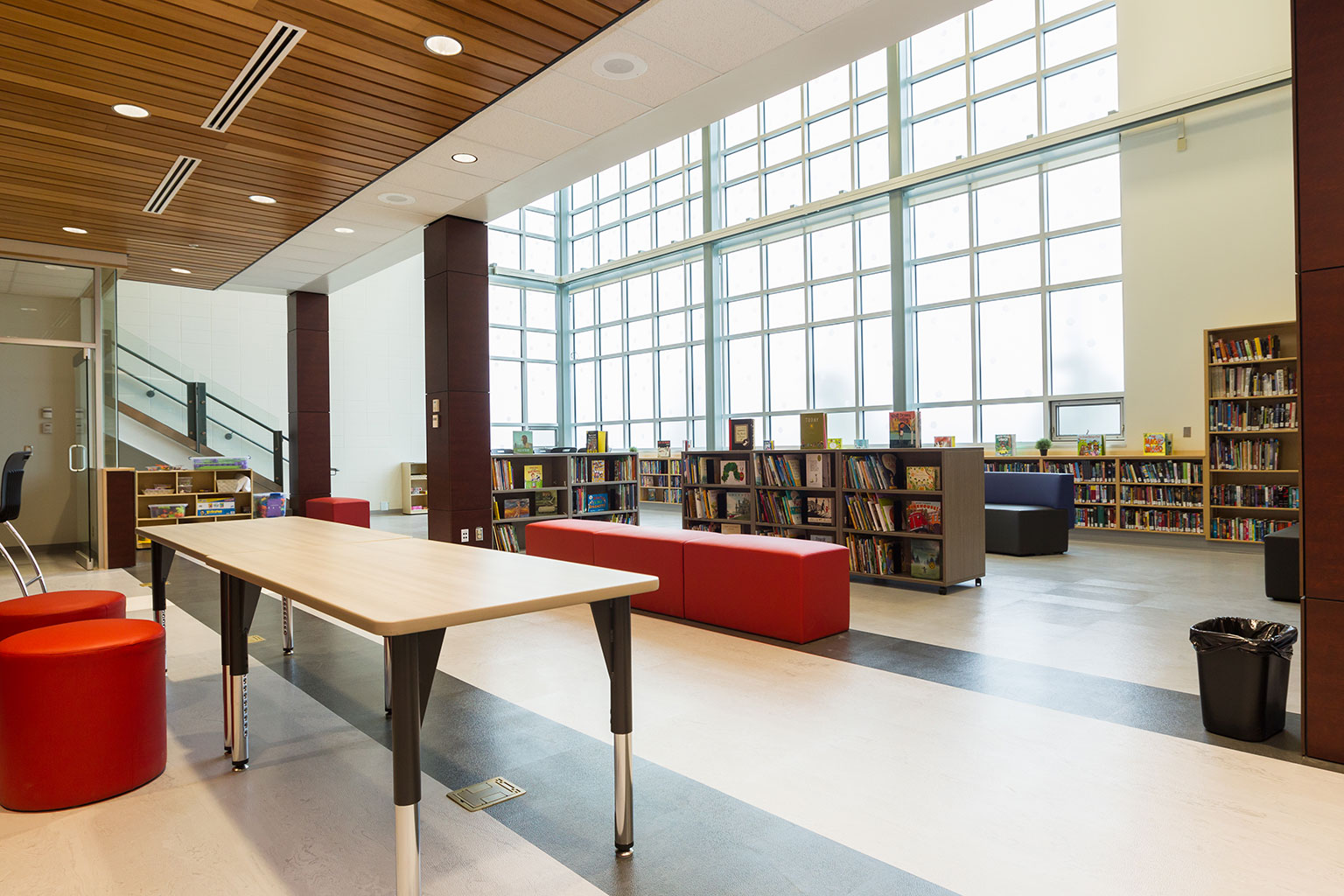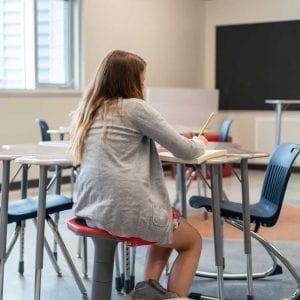Top Educational Classroom Design & Furniture Trends For 2019
August 18, 2021

Today’s learners are a sophisticated bunch – brought up on a diet of handheld technology, brand marketing, and the sleekest product design. Experience-driven, they have high expectations when it comes to the environments they inhabit. If even a part of an educator’s task is to prepare them for the world, then the classroom has to meet and reflect real-world expectations. Rows of desks, learning by rote, one-size-fits all teaching methods are a hangover from the industrial revolution.
With each new study, we learn that outcomes are greatly improved by moving to a more flexible and inclusive classroom environment. This works for all types of learners, and inspires a sense of belonging in students.
When planning, consider zones, moveable/reconfigurable furniture, seamless technological integration, and building a comfortable sense of place for students. With that in mind, here are five design trends for 2019 that will improve both the environment and student results:
Collaborative Design (Social Learning/Problem-based Learning)
Many educators have moved to a flipped learning model of teaching – no longer content to lecture in a “sit and listen” approach, they prefer to foster deeper learning through peer collaboration by applying concepts with on-the-spot feedback to fill learning gaps.
To make this happen, classroom furniture must be versatile – often teachers start the year/class with a traditional seating arrangement, and progress to nodes and groups for active learning. Having classroom zones for different types of work, furniture that moves or sets to sitting or standing heights, and moveable room dividers will satisfy all teaching and learning styles.
Biophilic Design (Bringing Nature into the Classroom)
Biophilic design is a fancy term for bringing nature into the design and architecture of classrooms and schools. Schools can achieve this by introducing natural materials (such as wood), emphasizing natural lighting, improving air quality, adding organic textures and motifs (repeated throughout the space), or mimicking nature’s natural colour palates. This trend neatly aligns with student and staff expectations of a healthier, greener lifestyle wherever they go.
24/7 Living (The Comforts of Home)
Like the resimercial trend in office design, casual spaces that feel like home are being introduced into classrooms and schools. Quiet spaces for reading with comfortable chairs and couches, lounge-like seating areas to facilitate casual group work, and long kitchen-table-like workbenches for collaboration all bring a sense of belonging and ease into the classroom. For students used to café culture, this trend will make them feel right at home.
Placemaking (Ownership)
Creating a sense of place or ownership is an important consideration in engaging students. A personalized classroom where students decide decoration or seating arrangements helps foster camaraderie and belonging, making the environment comforting and familiar. More importantly, this encourages student participation and their overall experience. Offering choice – different types of seating, options for moving desks, and furniture which allows for different configurations can create a sense of place and ownership while also addressing a variety of teaching and learning styles.
Technology (A Tool for Collaboration)
Teachers are tasked with incorporating technology into the collaborative learning process. While many feared the intrusion of technology into education, far from hurting human interaction, it’s an excellent tool for collaboration, distance learner engagement, telepresent teaching, and communication.
Making learning fun and interesting for students who have never lived in a world without devices means getting on board with emerging technology. Incorporating wireless tech into the classroom further enhances the flexibility of collaborative learning by allowing students to work in whatever space they learn best. The key is using a variety of technologies for different learning purposes. Thanks to educational apps the barriers between physical and virtual spaces no longer exist.


